Camouflage & Markings – Curtiss P-36 Mohawk in RAF Service
Let's round off our Curtiss *hawk series with a prequel - a few P-36 Mohawks in the RAF service. With profiles by Rick Kent (used by permission) accompanied by text and research by Joe Baugher. - Ed.
Considerable interest in the Hawk had been aroused in Britain as a result of a test flight carried out with an Armee de l'Air Hawk by an RAF pilot in France. The Hawk 75A possessed remarkably good controls and the ailerons were fairly light at high speeds in contrast with the early Spitfire which had ailerons which were almost immobile at speeds over 300 mph. At the end of 1939, the Royal Aircraft Establishment arranged for a loan of a Curtiss Hawk from France (the 88th production Hawk 75A-2) for comparative trials against a Spitfire I (K9944). In many respects, the Hawk turned out to be superior to the Spitfire. The RAE found that the Hawk did indeed have exceptional handling characteristics and beautifully harmonized controls. In a diving attack at 400 mph, the Hawk was far superior to the Spitfire I owing to its lighter ailerons. In a dogfight at 250 mph, the Hawk was again superior, because its elevator control was not over-sensitive and all-round view was better. However, the Spitfire could break off combat at will because of its much higher speed. When the Spitfire dived on the Hawk, the Curtiss could avoid its opponent by banking and turning rapidly. The Spitfire could not follow the Hawk around and would overshoot the target. The Hawk 75A displayed appreciably superior take-off and climb characteristics. The swing on takeoff was smaller and more easily corrected than on the Spitfire, and during the climb the Hawk's controls were more effective. However, the Hawk tended to be rather slow in picking up speed in a dive.
Based on these trials, the British government briefly toyed with the idea of ordering the Hawk for the RAF. For whatever reason, these plans were never carried out. However, the fall of France in June 1940 caused quite a few Hawks to fall into British hands.
Those Hawk 75As which had not yet been delivered to France before the surrender (most of them A-4s), plus those whose pilots had flown them to England to escape the German occupation were taken over by the RAF and given the name Mohawk.
The total number of Mohawks impressed by the RAF was 229 planes. Most of them were former French machines, but a few former Persian Hawks and even some Indian-built machines were included in the Mohawk total as well.
There were four RAF sub-variants--Mohawk I, II, III, and IV.
Former French Hawk 75A-1s were named Mohawk I by the RAF, with Hawk 75A-2s being named Mohawk II. There was a total of 29 of these planes. Unfortunately, it is difficult to track which planes were A-1s and which were A-2s, since Mohawk I and Mohawk II aircraft were intermixed with each other and with Mohawk IVs in the RAF serial number blocks AX880/898, BK876/879, and BL220/223.
More than 20 former French Hawk 75A-3s were taken over by Britain as Mohawk IIIs. RAF serials for these Mohawk IIIs were BK569/588, but some A-3s were mixed in with Mohawk IVs in serial block AR630/694.
The name Mohawk IV was assigned to the remainder of the French Hawk 75A-4 order which was taken over by the RAF. The exact number of Mohawk IVs diverted to Britain cannot be determined from the RAF serial numbers alone, since some blocks applied to both IIIs and IVs without distinction. The total number of Mohawks appearing as IVs total 190, only six less than the total of Hawk 75A-4s built. However, some 75As other than A-4s became Mohawk IVs, including the ten A-9s originally intended for Persia and at least six of the former Chinese A-5s assembled in India. Mohawk IV RAF serials of record are AR630/694, BB918/937, BB974/979, BJ434/453, BJ531/550, BJ574/588, BK876/879, BL220/223, BS730/738, BS744/747, BS784/798, BT470/472, LA157/158 and LA163/165.
Mohawks taken on strength by the Royal Air Force were refitted with British equipment, including 0.303-calibre Browning machine guns. The French throttles were replaced by throttles which operated in the "British fashion", i.e., were pushed forward to increase the power. The RAF decided that its Mohawks were not suitable for the European theater, and sent 72 of them to the South African Air Force (where they were flown by the 3rd, 4th, 5th, 6th and 7th Squadrons which operated in East Africa), while others were flown by the 5 and 155th RAF squadrons based in India. At one time, eight Mohawks provided the sole fighter defense of North-East India, and the fighter remained operational on the Burma front until finally replaced by more modern types in December 1943.
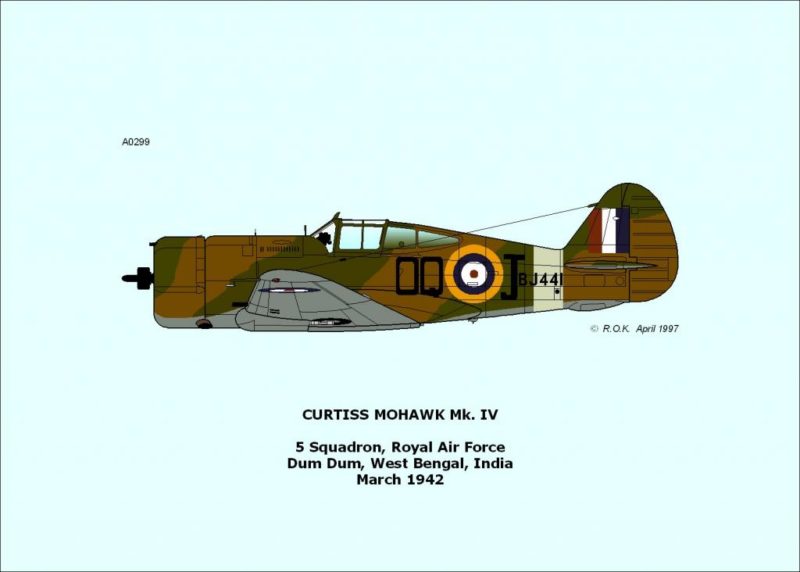
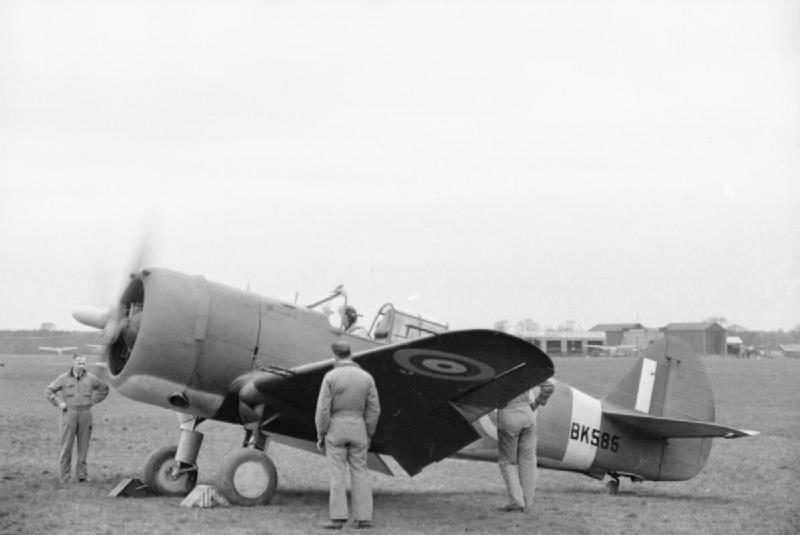
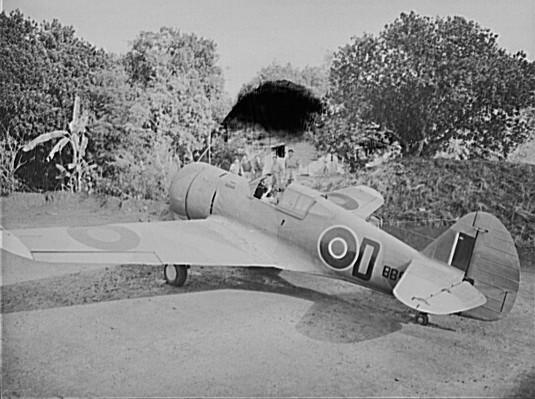
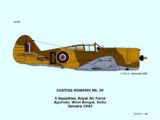

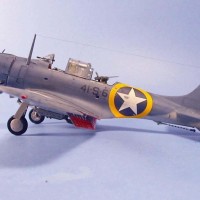
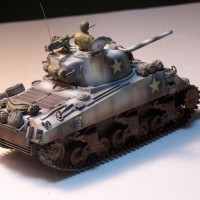
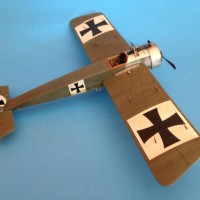
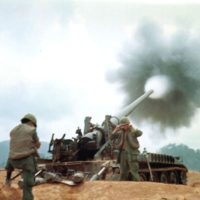
Yeah, that French throttle could probably lead to some hair raising moments.
The Hawk 75 really got around, and gave a fair account of itself.
Haven't seen these schemes before. Nice.
Always enjoy seeing these...thanks.
🙂 ... Greetings ... 🙂 :
I'm with Craig on this, it is a welcomed sight to see these, thanks.
nice